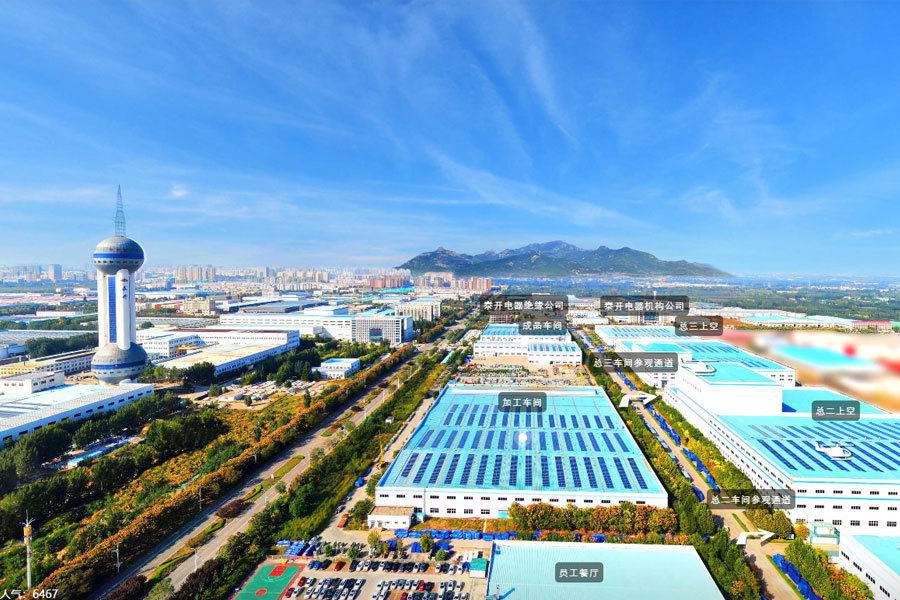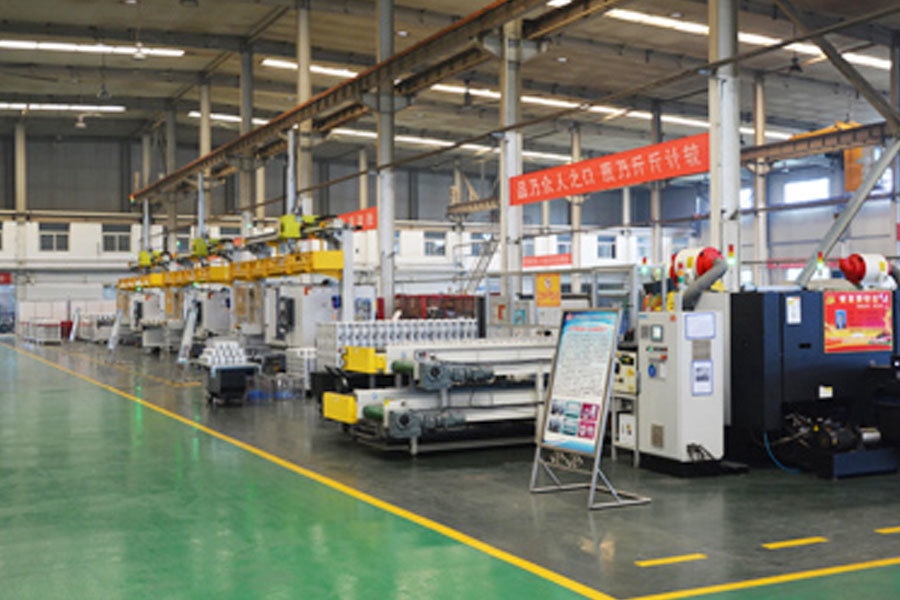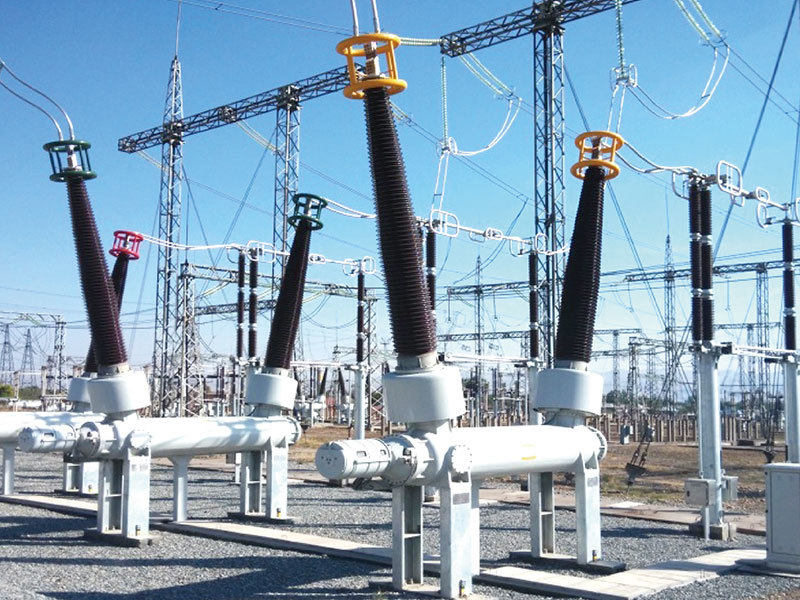Control Measures
1. Quality Control in Product R&D and Design
1) The Technical Center of Shandong Taikai High Voltage Switchgear Co., Ltd. is a provincial enterprise-level technical center certified by the Shandong Commission of Economic and Information. The Technical Center comprises an expert committee, a technical committee, a research and development department, and a testing laboratory, as well as two technical sub-centers for electrical mechanisms and electrical insulation. The Technical Center possesses design, development, testing, and inspection capabilities for circuit breakers, switchgear, and associated operating mechanisms and insulation components up to 1100kV voltage or below. The Center conducts extensive cooperation and exchanges with well-known domestic universities and research institutions, serving as internship training bases for universities such as Xi’an Jiaotong University, Shandong University, and North China Electric Power University, and is in the process of establishing post-doctoral mobile stations.
2) The Technical Center is equipped with complete and sophisticated hardware and software facilities, with various testing equipment, test analysis instruments, and research and testing equipment reaching the domestic leading level, providing a good scientific research and development foundation. Utilizing advanced design and calculation software such as electric field calculation software, characteristic analysis software for openning and closing operation, 2D and 3D CAD drawing software, Ansys electromagnetic field analysis software, Fluent fluid analysis and calculation software, and Emtp rapid transient analysis software. The Technical Center independently develops and researches domestically leading and internationally first-class products in the 10kV to 1,100kV series. Many products have filled technological gaps in China, obtained national patents, and are included in the national key new product plan and torch program.
3) Regarding standardized design, the company has summarized over 30 years of experience in design and has developed several standard design sectors based on the most commonly used and most stable and reliable structural designs. These standard sectors form the basis of typical design schemes. In the engineering design process, based on these standard schemes, standard functional sectors can be added or removed with simple processes, leading to high design efficiency and low error rates. In the production process, standardized parts are easy to produce with automated production lines, resulting in low susceptibility to human factors, consistent good quality, significantly improved production efficiency and product quality consistency. In the installation service process, standardized structures facilitate on-site installation and inspection, effectively shortening the construction duration. Standardized design improves the consistency and reliability of the company’s products significantly.
2. Quality Control for Material Procurement
1) In addition to purchasing metal raw materials such as copper, steel and aluminum, chemical materials for insulation, SF6 gas, ABB mechanisms, porcelain bushings, bearings, standard parts, secondary electronic components, and some shielding covers, all other components are self-produced by our company. We have the highest self-production rate of parts among domestic counterparts in the industry. At the same time, the company has established a physical and chemical laboratory and a secondary electronic component laboratory, equipped with handheld analyzers, spectrometers, Rockwell/Brinell/Vickers/Meyer hardness testers, universal tensile testing machines, conductivity meters, low-current resistance testers, metallographic microscopes, digital rotational viscometers, laser particle size analyzers, DSC differential scanning calorimeters, horizontal and vertical combustion testers, contact angle hydrophobicity testers, voltage breakdown testers, intelligent volume surface resistivity testers, and leakage current tracking testers. These advanced testing equipment can ensure product quality through strict incoming inspection standards and specifications.
2) In the management of supplier selection, the company has a well-established process, including: Supplier demand planning → Supplier screening → Qualification review → Preliminary communication → On-site inspection → Trial supply of materials → Qualified suppliers. Any supplier will be subject to the inspection, review and screening by the company’s departments related to design, technology, quality, procurement, and production. This is to ensure that the supplier’s quality assurance system, product quality, design technology capabilities, production capacity, cost price, delivery, and after-sales service capabilities meet the company’s requirements, and they can only become suppliers of the company after all the above criteria are met.
3) Regarding dynamic supplier management, we will sign strict assurance agreements with qualified suppliers on quality, reliability, occupational health and safety, and environment friendliness. At the same time, quantitative evaluation standards are formulated. Each month, suppliers are evaluated in terms of one-time inspection pass rate, integrity, product quality, delivery time, and after-sales service. Based on the evaluation results, suppliers are classified as excellent, good, requiring rectification, or unqualified. For unqualified suppliers with low evaluation ratings, their supplier qualifications will be directly cancelled. A dynamic supplier analysis form is prepared to detect supplier problems in a timely manner and assist suppliers in improving product quality control processes.
3. Process Quality Control
1) The company has eight specialized production workshops including machining, enclosure, electroplating, painting, and assembly, as well as two specialized subsidiaries for electrical mechanisms and electrical insulation. There are over 1,200 sets of imported and home-made advanced equipment. A modular production layout has been formed, mainly consisting of processing lines for insulation components, mechanism components, shells, electroplating, painting, and assembly lines for circuit breakers and combined electrical apparatus. Major components such as spring mechanisms, shells, insulation components, corrugated tubes, valves, spring contacts, and gaskets are processed with first-class production equipment and processes. For example, the shell adopts advanced automatic argon arc protected welding machines from the United States FMT, Finland Kemppi, and EWM; the corrugated tube uses China’s first automatic welding equipment for welding; surface treatments such as electroplating and painting are completed by automated production lines; and the internal components of shells and all internally processed parts are cleaned with ultrasonic cleaning machines to ensure the cleanliness inside products.
2) Inspection points are set at the entrance of the parts warehouse, where 100% visual quality inspection of internal parts of the product is conducted to ensure that all internal parts of the switch are 100% qualified. The arc extinguishing chamber is equipped with a Class 10,000 high-level purification room, and possesses advanced vacuum pumping equipment from Germany LEYBOLD, France Maneurop, etc., as well as dust particle testers, imported MWB973 dew point testers, Q200 leak detectors, and other testing equipment.
3) Assembly test procedures have been established to ensure orderly assembly tests, including: re-cleaning or wiping of parts → circuit breaker assembly/standard unit assembly → 200 mechanical operation tests → cleaning → single assembly → main circuit resistance measurement → vacuum pumping and SF6 gas filling → leak detection → moisture measurement → mechanical characteristic test → secondary interlocking test → power frequency withstand voltage/partial discharge test → lightning impulse test → rechecking the air-tightness of the output shaft → retesting the main circuit resistance → overall inspection → packaging, transportation, and on-site installation.
4) The company has established a 2,820m2 internationally first-class ultra-high voltage test hall standing at 38 meters with advanced performance. The hall is equipped with sophisticated instruments and equipment such as a 3,600kV/360KJ impulse voltage generator, a 1,500kV/4A partial discharge-free high-voltage test device, and a high-precision partial discharge tester. The background of partial discharge in the hall is less than 1pC, allowing for product tests up to 1000kV and below such as impulse tests, power frequency insulation tests, partial discharge tests, and combined tests between power frequency and impulse for products. Furthermore, the testing capabilities of this hall meet the type test requirements of the KEMA test lab in the Netherlands. In September 2014, under the witness of KEMA experts, our company’s 800kV products successfully passed type tests such as power frequency withstand voltage, lightning impulse, operational impulse, and radio interference in this hall. Additionally, research experiments such as ultra-high frequency and ultrasonic partial discharge online monitoring can also be conducted.
4. Quality Control for Non-Conforming Products
To ensure that products and components failing to meet requirements are under controlled state, each process shall strictly follow the requirements of the Control Procedure for Non-Conforming Products. Non-conforming products should be promptly handled according to the stipulated principle: no quality issues are overlooked until the root cause is identified, responsible personnel take action, corrective measures are implemented, and relevant personnel are re-trained.
While controlling product quality normally, the company has established a quality fund system to strengthen control on non-conforming products between processes: Upon finding non-conformities in the previous process, prompt action shall be taken. Personnel who find non-conformities will rewarded, and responsible individuals should be assessed. It aims to achieve the goal of all employees participating in quality management and whole-process control.
At the same time, to prevent the recurrence of existing (potential) non-conformities, defects, or other undesirable situations, the Corrective Action and Continuous Improvement Management Control Procedure has been formulated, which clearly outlines the steps for handling quality issues: Correction → Problem Identification → Cause Analysis → Formulating Corrective Measures → Drawing Inferences. This process is to ensure complete identification and rectification of products involved in quality issues and prevent recurrence.
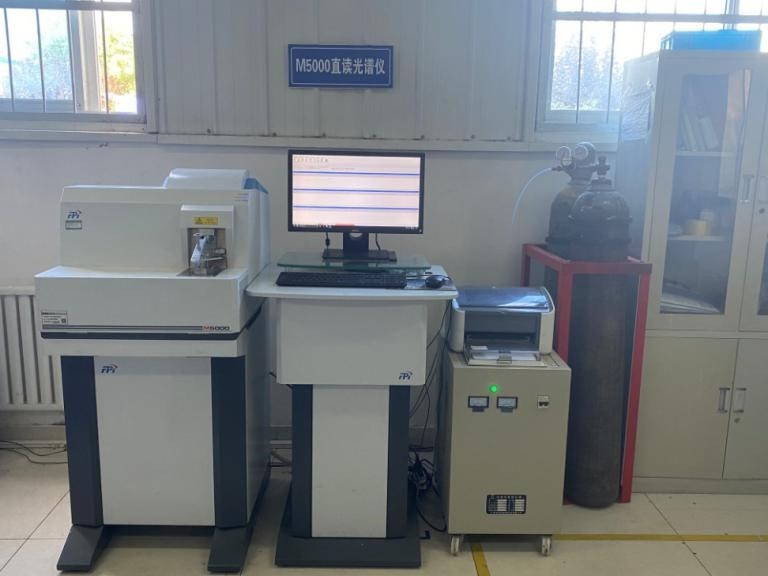
Spectral Analyzer
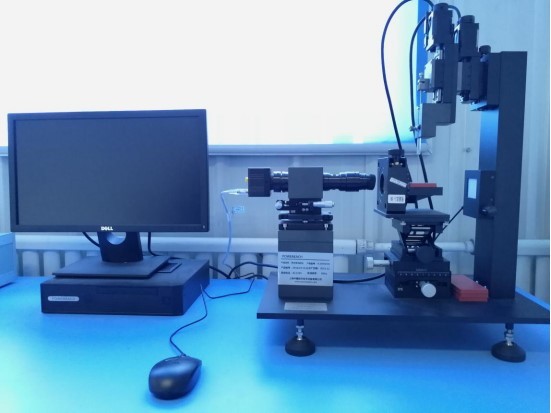
Contact Angle Hydrophobicity Tester
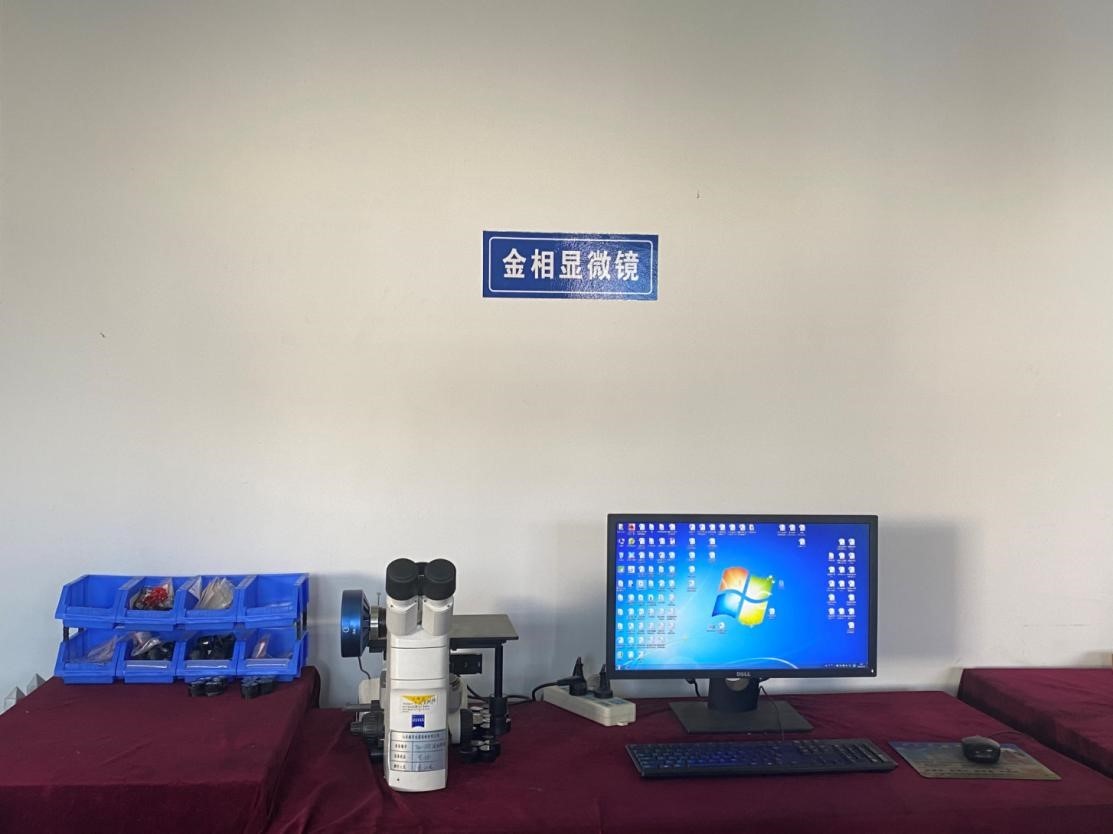
Metallographic Microscope
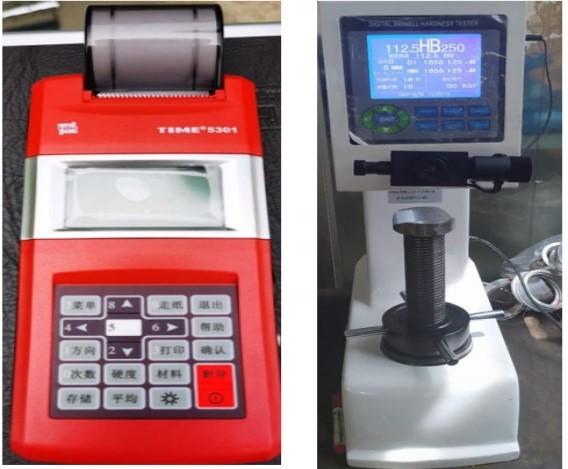
Rockwell and Brinell Hardness Testers
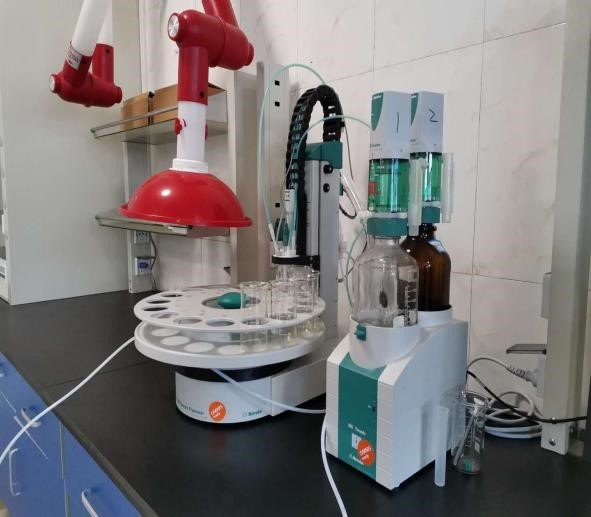
Automatic Potentiometric Titrator
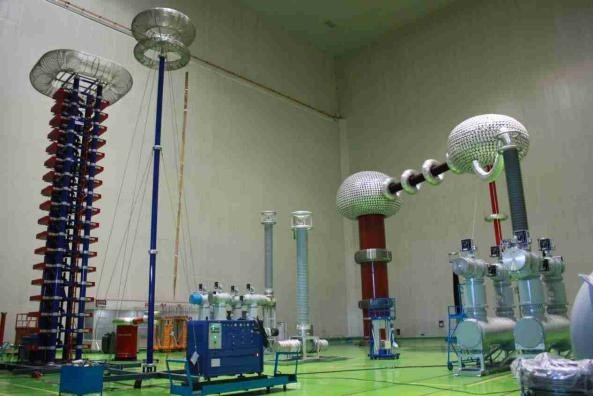
Test Hall
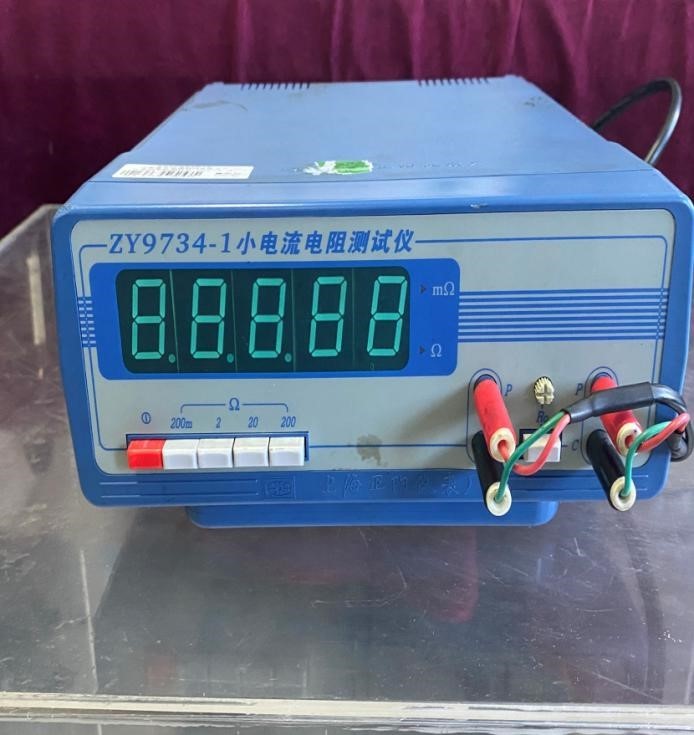
Low-current Resistance Tester



